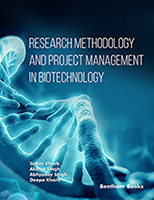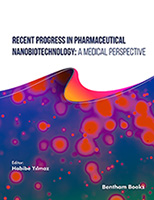Introduction
Increasing public health concern about healthy lifestyles has sparked a greater demand among consumers for healthy foods. Natural ingredients and environmental friendly food production and processing chains are more aligned to meeting the demand for healthy food. There is a wide array of food additives and chemicals that have nutritional value. The biotechnological food production processes, therefore, vary for different types of food chemicals and ingredients accordingly.
Biotechnological Production of Natural Ingredients
for Food Industry explains the main aspects of the production of food ingredients from biotechnological sources. The book features 12 chapters which cover the processes for producing and adding a broad variety of food additives and natural products, such as sweeteners, amino acids, nucleotides, organic acids, vitamins, nutraceuticals, aromatic (pleasant smelling) compounds, colorants, edible oils, hydrocolloids, antimicrobial compounds, biosurfactants and food enzymes.
Biotechnological Production of Natural Ingredients for Food Industry is a definitive reference for students, scientists, researchers and professionals seeking to understand the biotechnology of food additives and functional food products, particularly those involved in courses or activities in the fields of food science and technology, food chemistry, food biotechnology, food engineering, bioprocess engineering, biotechnology, applied microbiology and nutrition.





